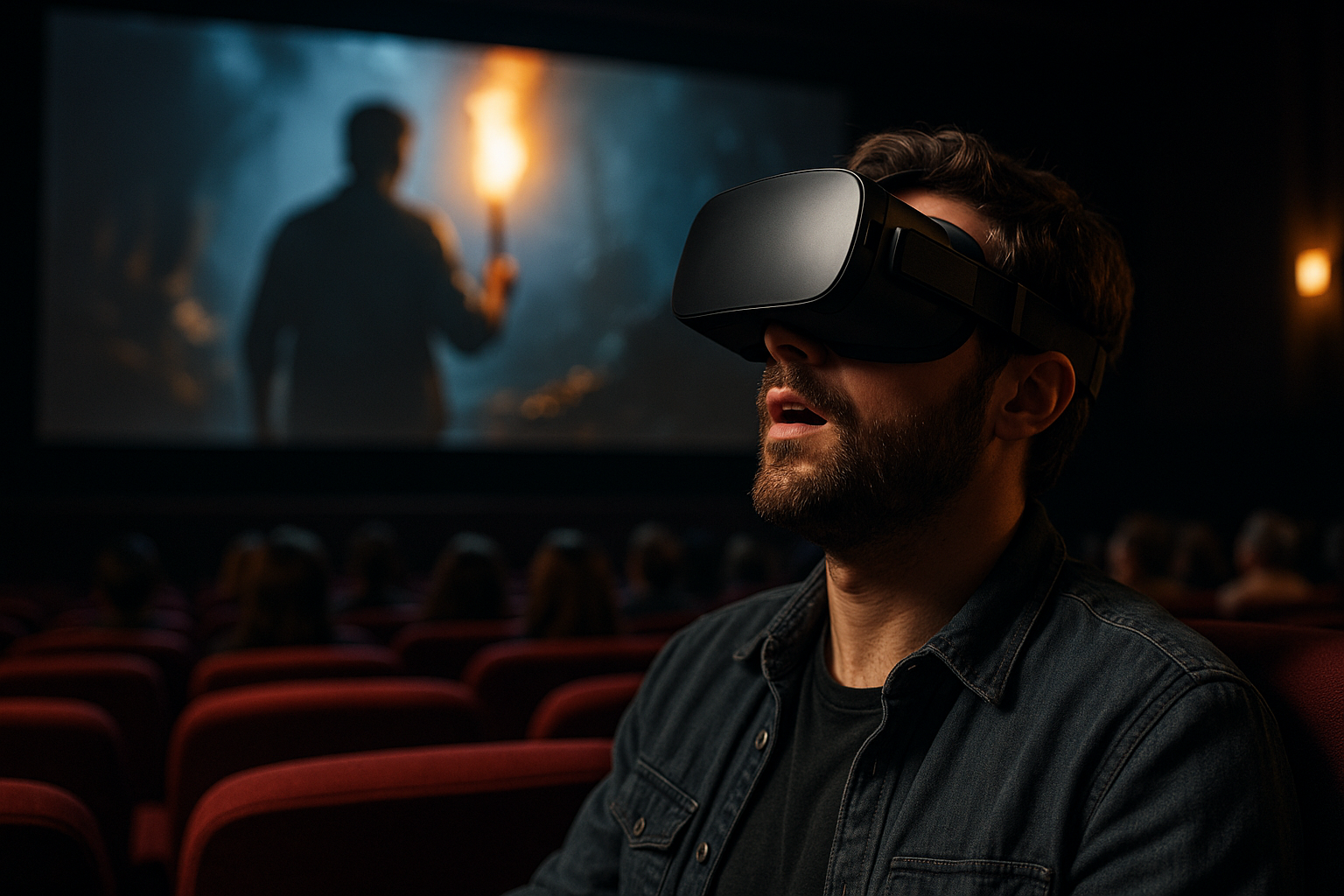Collaborative Models Between Artists and Tech Teams
Collaboration between artists and technology teams is reshaping film, music, theater, and visual arts by blending creative practice with engineering, product design, and data. This convergence supports new formats—streaming, immersive experiences, hybrid festivals—and calls for clear agreements on curation, rights, monetization, and audience engagement across disciplines.

Creative projects that combine artistic practice and technical expertise require models that accommodate different workflows, languages, and goals. In film and music collaborations, project timelines often hinge on iterative creative decisions, while engineering teams favor specification and sprint-based cycles. Effective models include embedded technologists on creative teams, rotating fellowships, and shared product roadmaps that respect artistic decision points while aligning with technical milestones. Clear role definitions and communication protocols reduce friction and accelerate delivery.
How can film and music collaborate with tech?
Film and music collaborations with tech teams range from post-production toolchains to interactive sound installations. Technologists can enable real-time audio processing, machine-assisted editing, and data-driven personalization for streaming platforms. Conversely, artists provide essential context about narrative arcs, pacing, and emotional intent that inform algorithmic choices. Shared prototyping sessions and cross-disciplinary hack days help both sides test concepts quickly, validate aesthetic choices, and surface technical constraints that could affect release strategies.
Bridging vocabularies is crucial: filmmakers and composers should learn enough about latency, codecs, and metadata schemas, while engineers should shadow scoring or editing sessions to understand creative trade-offs. Establishing a common repository for assets, annotated references, and iterative feedback loops keeps work transparent and reduces duplicated effort.
What does theater and immersive tech integration look like?
Theater and immersive projects use spatial audio, projection mapping, and motion tracking to extend live performance. Tech teams contribute hardware integration, sensor networks, and interactive systems; artists define dramaturgy, choreography, and audience pathways. Collaborative rehearsals where technicians attend creative runs and artists observe system tests allow both sides to refine interaction timing, safety protocols, and cue systems that support live variability.
Designing for failure modes is important: live work must tolerate network glitches or sensor drift. Hybrid approaches that provide both automated and manual control give performers and technicians redundancy. Documentation of cues and fallback behaviors ensures consistent experiences across venues and touring scenarios.
How do streaming platforms affect curation and rights?
Streaming changes curation from fixed-program schedules to algorithmic recommendations and playlisting. Tech teams build recommendation engines and metadata frameworks that rely on accurate tagging and content descriptors; curators and artists ensure those tags reflect artistic intent and cultural context. Collaborative governance around metadata schemas, parental advisories, and content warnings reduces misclassification and preserves artistic integrity.
Rights management becomes more complex as content moves between linear, on-demand, and interactive formats. Early legal and rights discussions help determine licensing windows, territorial restrictions, and royalty splits. Integrating rights metadata into distribution pipelines streamlines reporting and reduces disputes over usage and attribution.
What models support monetization and licensing?
Monetization models vary across streaming, live events, and digital exhibits: subscription revenue shares, pay-per-view, microtransactions, patronage platforms, and licensing to third-party aggregators. Tech teams enable flexible payment gateways, analytics for conversion optimization, and feature flags for experimenting with pricing tiers. Artists and managers should co-design value propositions—exclusive content, behind-the-scenes access, or limited-edition digital collectibles—that align with audience behavior and platform capabilities.
Licensing agreements must include clear definitions of formats, territories, duration, and allowed derivatives. Contract templates supported by digital tools (smart contracts or rights databases) can automate royalty splits and reporting. Periodic review clauses help adapt terms as projects evolve into new formats.
How can festivals, exhibitions, and galleries go hybrid?
Hybrid festivals and exhibitions combine in-person programming with virtual components like livestreams, guided virtual tours, and on-demand archives. Tech teams provide streaming infrastructure, ticketing integration, and metadata-driven discovery tools while curators plan program schedules and contextual material for online audiences. Testing bandwidth, accessibility features, and content moderation ahead of launch is essential for a smooth hybrid rollout.
Choosing interoperable platforms and offering multiple modes of participation—live chat, timed viewings, downloadable guides—broadens reach and supports differing audience preferences. Local partnerships for satellite screenings or pop-up exhibitions extend engagement without overburdening core teams.
Using podcasts, choreography, and multimedia for engagement
Podcasts, dance, and multimedia projects create serialized or episodic formats that sustain audience attention over time. Tech teams can build distribution pipelines, RSS management, and analytics dashboards that track listens, completion rates, and geographic distribution. Artists craft narrative arcs, sound design, and visual assets that fit episodic pacing while leveraging data to refine future installments.
Cross-format packaging—bundling a podcast episode with a short film, interactive score, or gallery preview—encourages cross-audience discovery. Consistent tagging, accessible transcripts, and modular assets simplify repurposing across platforms and support broader rights and licensing strategies.
Conclusion
Sustainable collaboration between artists and tech teams hinges on mutual respect, shared vocabularies, and contractual clarity around rights and revenue. Iterative prototyping, embedded roles, and clear metadata practices help projects scale across streaming, live, and hybrid formats while preserving artistic intent and improving audience engagement.





